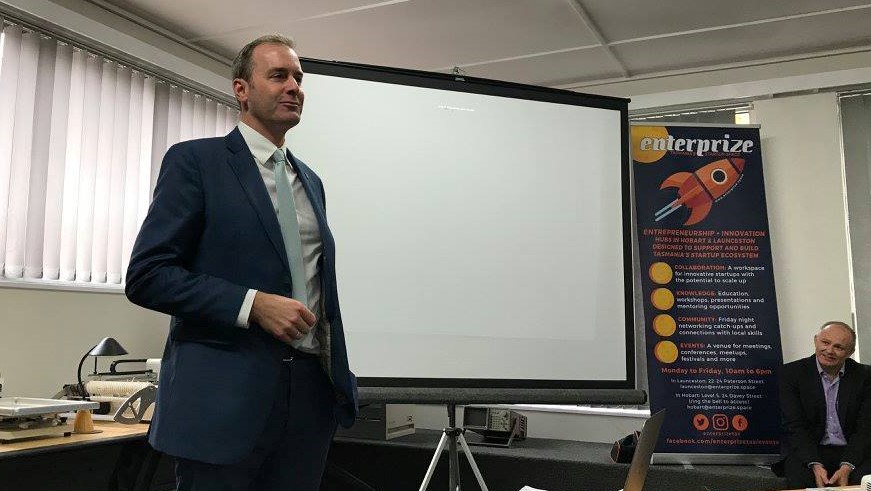Tasmania has staked its claim as a leader in Australia’s digital transformation, unveiling the country’s first city-wide Internet of Things (IoT) network.
The LoRaTAS network now covers Launceston, providing locals with a publicly accessible long-range, low-power network that is set to enable a number of innovative IoT solutions.
Speaking at the LoRaTAS Applications Event, Tasmanian Minister for Innovation, Science & Technology, Michael Ferguson said that while the infrastructure is now in place, there is now a need to showcase the capabilities of the network.
“I think we still have a job – now that we can declare mission success on the pilot – to continue to mainstream it and speak about it in plain English,” he said.
“For people who don’t have a traditional affinity with technology, we go to them and say ‘what is your problem, we’ll think of the app.’
“It’s a hardware and a software solution, and it all resides here in the amazing community of Tasmania.
“It’s all here. We can build it, we can write it, we can code it and we can immigrate the solution.”
A collaboration between Enterprize Tasmania, the University of Tasmania’s Sense-T, CSIRO’s Data61 and Definium Technologies, the pilot received $100,000 in September 2016 to start building the network.
Gateways distributed throughout the city provide network coverage appropriate for sensing applications that require long-range transmission.
This has already enabled a number of key applications, some of which were showcased at the event, including a home energy monitoring system, parking systems, a vineyard alerting system and real-time temperature and humidity monitoring.
CEO of Enterprize, Dr Gary McDarby, explained the pilot had not just created solutions, but entire companies.
“Probably the most exciting thing in the pilot, was a company came directly out of it,” he said. “A company called Bitwoke, a company looking at artificial intelligence and edge analytics.”
Bitwoke has now created solutions in AI-enabled “smart alerts” for agriculture and IoT cyber security.
“They credit the LoRa pilot as the reason the company came together and the application space they have found.”
What’s next?
With the success of the pilot and the Tasmanian IoT space already looking so strong, the LoRATAS project is far from over.
“This is something that Tasmania can do really well, at a community, small business and corporate level” said McDarby. “I would love for us to build a statewide network.”
However, he explained that for this to happen it would have to be taken on by a big company “with an internal need for an IoT network.”
ACS Tasmania
Also in attendance at the LoRATAS Applications Event was ACS Tasmania State Manager, Dr Tristan Richards.
Prior to her time at ACS, Richards was involved with the LoRATAS project in her previous roles with Enterprize Tasmania and Data61.
She believes ACS Tasmania now has an important role in ensuring that the network can be operated at its full capacity.
“In order to maximise the benefits of this data infrastructure capability and open innovation network in Tasmania, I see ACS Tasmania playing an important role in supporting the development of the IoT workforce in Tasmania through its professional development of students, IT professionals and those IT professionals embedded in traditional sectors like agriculture and health,” she said.










